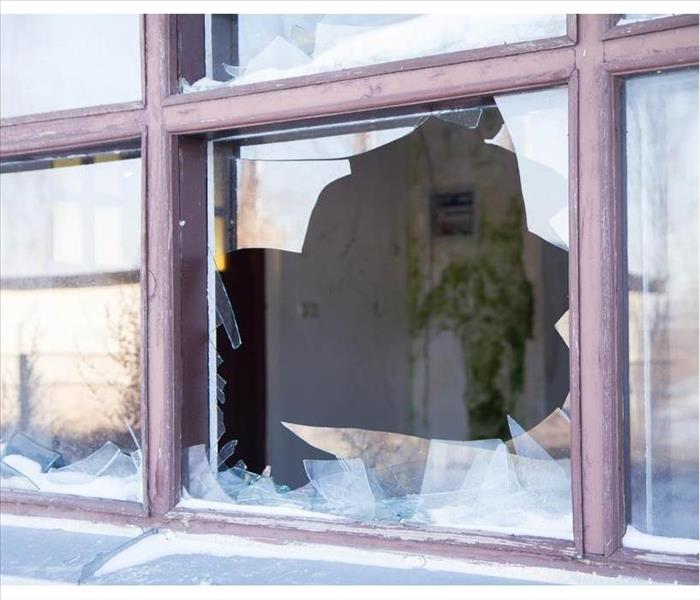4 Ways Hail Could Damage Your Business
10/24/2019 (Permalink)
4 Ways Hail Could Damage Your Business
Hail is more common in some areas of the country than in others, but when hail does hit Reilly, OH, the damage to business property can be serious. Depending on the size of the chunks of ice the type of harm could range from minor roof damage to long-lasting effects inside your buildings.
Damage to the Roof
Of course, the roof is often the first part of the property to be affected by hail damage. Roof damage may include minor dents or dings, or it could include broken and missing shingles. A storm damage cleanup and restoration professional is the best person to identify the extent of roof damage. You don't want to leave your business at risk because you overlooked a spot where shingles are missing.
Broken Windows
A single broken pane of glass exposes the interior of your business to extensive water damages. Hailstones often reach speeds as much as 100 miles an hour. When those hurtling ice stones make contact with your inventory or your equipment, the chance of property damage naturally increases. Of course, there's also the chance that your personnel or customers could be hit by hail, as well.
Property Attached to Your Building
If you have signage, air conditioning units, or any other belongings attached to or set up near your building, large pieces of hail could naturally harm the property. If you have the chance, it's best to move these items inside before the storm gets very bad.
Water Leaks
One of the worst problems caused by hail damage is the long-lasting, hard to recognize type. If water gets into your building, it could soak into the insulation or support the growth of mold in the attic. After the storm passes, you may want to conduct an inspection of your own. If you suspect any damage, contact professionals to complete repairs before extensive property or roof damage takes place.




 24/7 Emergency Service
24/7 Emergency Service
